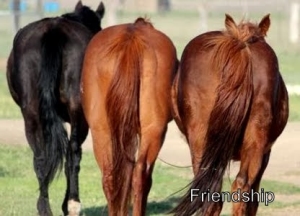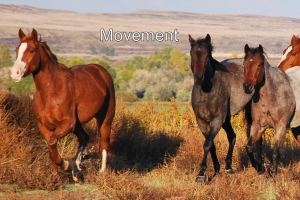Photo by Depth of Feel Photography
My horse has special needs – can you accommodate them?
We pride ourselves on meeting the specific needs of each horse. We currently have residents with Navicular, Cushings, lymphangitis, laminitis, insulin resistance, cancer, and a variety of other ailments. We have hard keepers and easy keepers. Each horse is fed, supplemented and cared for based on its individual needs. Please contact us to discuss your horse’s requirements.
Can I visit/ride my horse?
Absolutely. Feel free to contact us for information about local hotel accommodations.
Does my horse need to be barefoot?
Barefoot is strongly encouraged and advised. If your horse has special needs, we can discuss the options. However, no hind shoes are will be allowed for safety reasons.
Why do you use a Paddock Paradise model?
A natural horse care model meets the physical, psychological, biological and emotional needs of horses that most traditional boarding facilities do not provide. The residents here are mimicking horses in a natural environment with near constant movement, eating small amounts of forage all day and all night, playing and napping.
What is the minimum stay at your facility?
Because of herd dynamics and all that is involved with integrating a new horse into the group , a minimum 6-month commitment is required.
What is it like for a new horse there?
A new horse is put into a large (80×200′) paddock with access to a stall, water trough, small mesh hay feeders/nets with the horses sharing several fence lines where they can meet each other safely. Horses that aren’t used to eating out of the hay nets get hay dribbled around the ground to avoid frustration. The integration process starts immediately by evaluating how your horse reacts to the other equines with a barrier in-between. Horses that have trouble are first introduced to a goat or donkey for safety reasons. The length of the process depends completely on how your horse gets along with others.
What is the weather like?
The weather in Tehachapi includes all four seasons. Our facility is at 3900′ elevation and gets a light dusting of snow in the winter that usually melts within a few days. Average highs/lows range from 88/58 in July, to 52/29 in January.
Can I have my horse in a stall at night?
Sure – if your horse desires to hang out in a stall on their own – the stalls are open! There are several other open shelters. Other than that, the horses are only separated once a day (in stalls or other separate areas) for supplementation, medications, grooming and health checks. At all other times, they are free to happily roam the facility as a herd. They eat, move around and take small naps all day and all night. They rarely decide to stand in a stall.
I recently visited my mare at your facility. She used to whinny when I came to the barn or to her stall, and now she ignores me. Is she sad?
Your mare probably used to spend 20+ hours a day in a stall, and you were her sole source of exercise, stimulation and entertainment. Now she has a more natural environment with a herd to keep her company and meet all of her social and psychological needs. She’s being a horse, she’s happy, and hopefully that will make you happy too!
What is your capacity?
Our capacity is evaluated after each new arrival. We’ll be “full” when when any additional horses would compromise our ability to take care of each resident in an optimal way. But there always be at least an acre of space per horse.

